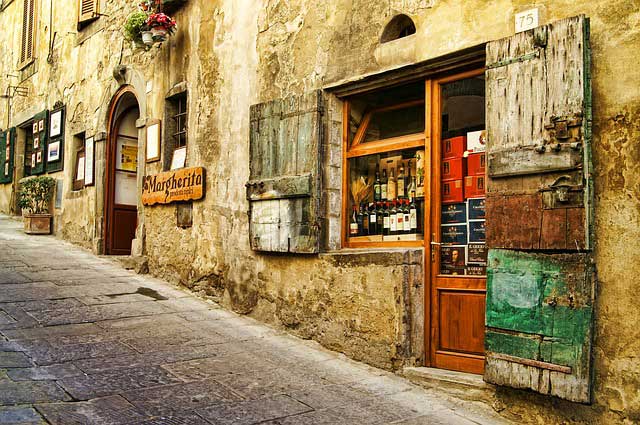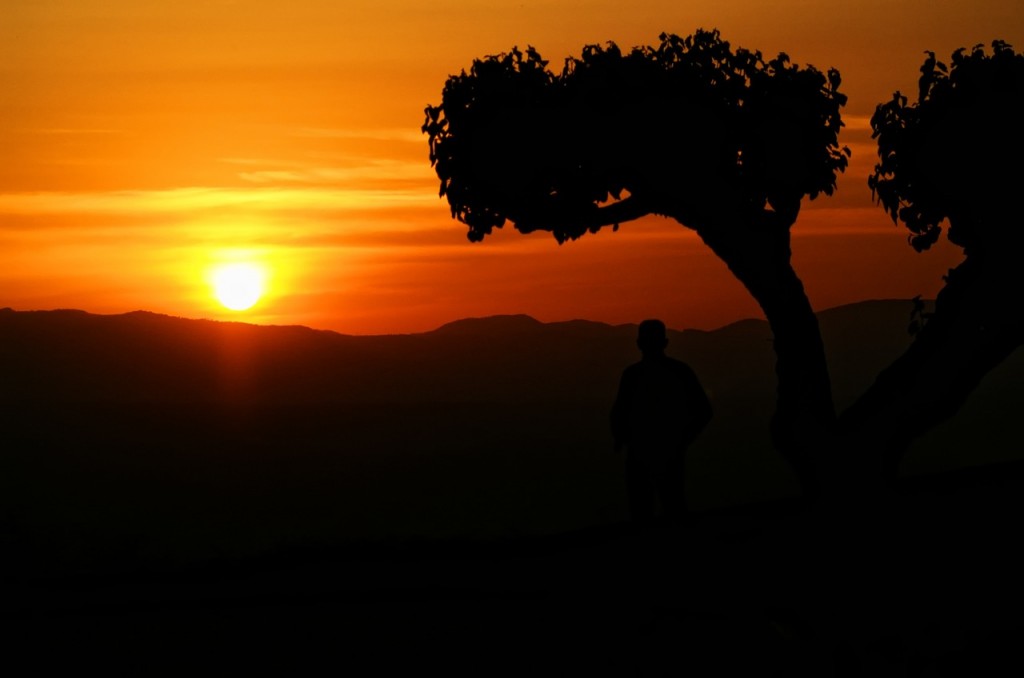


“The sweet Tuscan air,” remembered the great Florentine poet Petrarch as he longed his beloved native land: once you have visited Tuscany, you cannot help but yearn for that unique combination of natural elements–found only in that have produced some of the world’s greatest (and most coveted) gastronomic and oenological wonders.
From the saltless pane sciocco (PAH-neh SHEE’OHK-koh) to the classic bistecca fiorentina (bees-TEHK-kah fee’ohr-ehn-TEE-nah, the Florentine T-Bone steak, always cooked “al sangue,” blood rare), from the divine textures of ribollita (ree-bohl-LEE-tah) and pappa col pomodoro (PAHP-pah kohl POH-moh-DOH-roh) to the rustic tastes of dishes like pici al ragù di cinghiale (PEE-chee ahl rah-GOO dee cheen-GHEE’AH-leh, hand-rolled long pasta with wild boar sauce), Tuscan cuisine and wine have conquered the world with inimitable ingredients and tastes, the simplest of fare that could have only been created in a land so rich.
Viticulture flourished in medieval and Renaissance Tuscany and it was here in this central region of Italy that some of the first regulations for the produaction of wine were created by the powerful ruling families. It is no coincidence that Chianti is one of the earliest documented wines in the history of Italy and was among the first zone of wine production in the peninsula to be regulated by the Grand Duchy of Tuscany.
Today there are more Chiantis and Brunellos available in North America than ever before, which gives us ever more reason to more carefully select those wines to be opened at our tables. This is why our knowledge of terroir and production methods can make all the difference in the choice of a fine Tuscan wine, be it for laying down or for opening right away.
